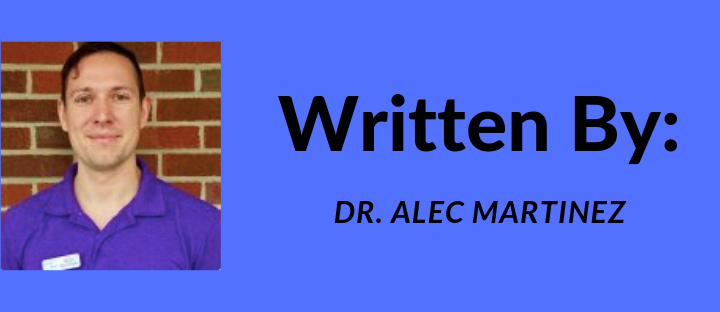We often see athletic conditioning as “finding that last little edge” in sport. Logically a realm reserved only for those athletes who are peak enough to need that last 1-2% edge to really be the best in the world. Honestly, we think of it that way because that’s exactly what we were doing for a long time! The very concept of exercising to improve sports performance is even new to some sports like golf. Or actively resisted by many members of other sports like many equestrian disciplines!
The Goal
Interestingly, the goal of conditioning has shifted to become two-fold now. While there is a definitive degree of conditioning, many peak athletes devote to finding the best edge they can. A vast majority of the sessions in the peak facilities around the nation are being devoted to injury prevention!
Very solid research is continuing to be built to find the ideal exercises for each injury. But some phenomenal exercise treatments have already been found by top researchers! These exercises show increasing neuromuscular control and muscular resilience! And certain exercises show sometimes over 80% risk reduction in prevalence of major injuries across multiple sports! We’ve learned that improving landing mechanics and leg strength can prevent ACL tears. Also that hamstring and adductor strains can be DRASTICALLY reduced with eccentric exercise. And lastly that rotator cuff tears can see huge risk decreases with shoulder stability programs for throwers! As each of these major injuries affect not only top athletes in their work, but many recreational and casual participants in their daily lives and work. Conditioning has become the key focus area of education with top level coaches all over the world!
But what can we do when we don’t have a staff of medical personnel monitoring our daily workouts? Thankfully, there are still great fields available in daily life to help teach these programs! Many physical therapy clinics employ athletic trainers. Also, many trainers and therapists themselves will go through extra education to refine their knowledge of prevention exercise with CEUs and additional certifications. Look for certifications like ATC (Athletic Trainers), CSCS (Certified Strength and Conditioning Specialists), CFST (Certified Functional Strength Trainers), or similar to be available at a clinic or gym to find someone who can help you build an injury prevention program with the best current evidence!



